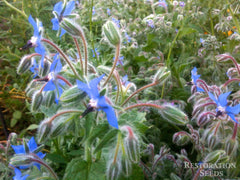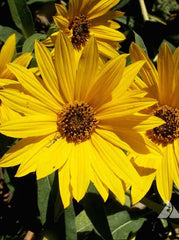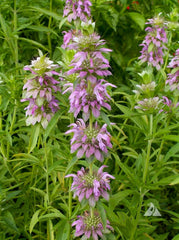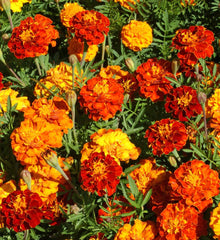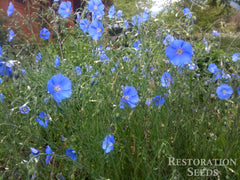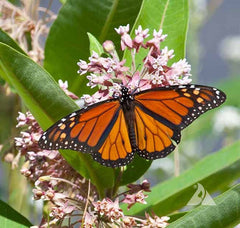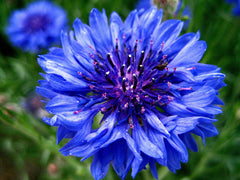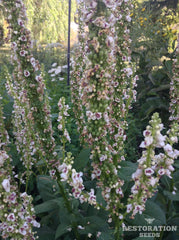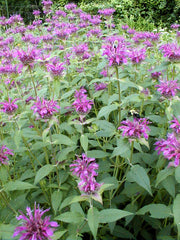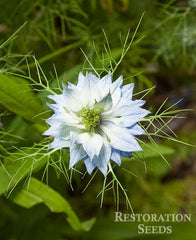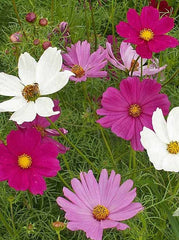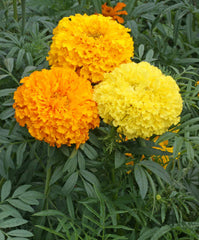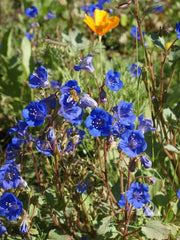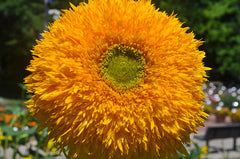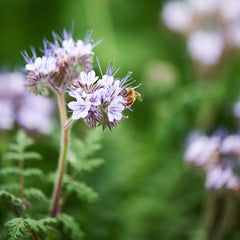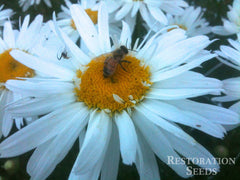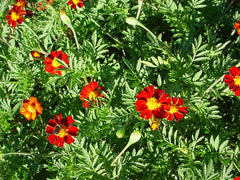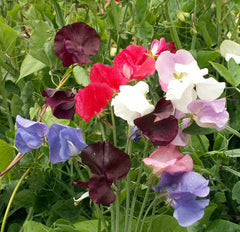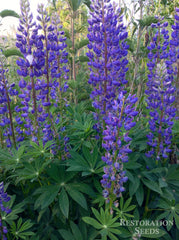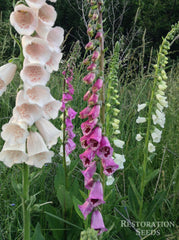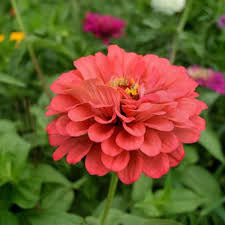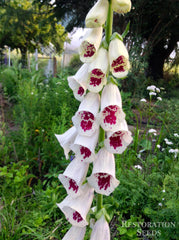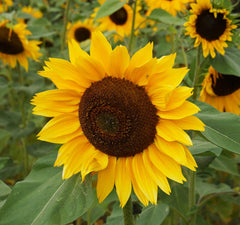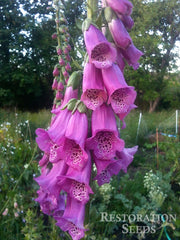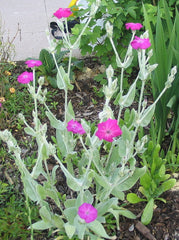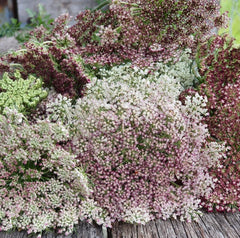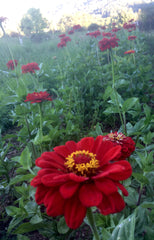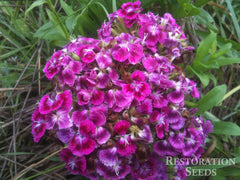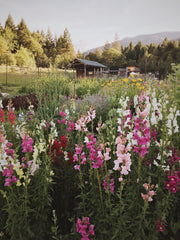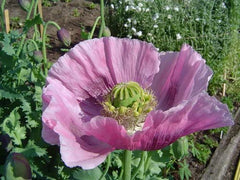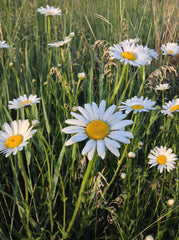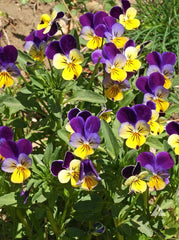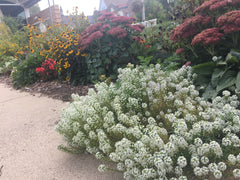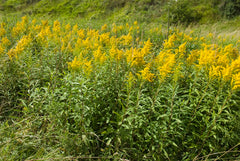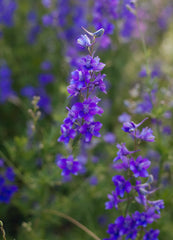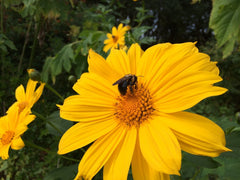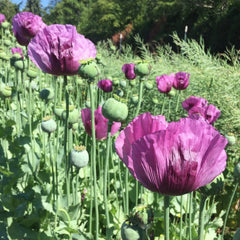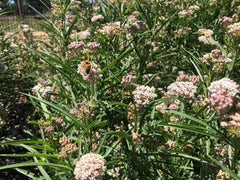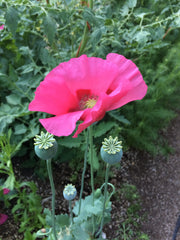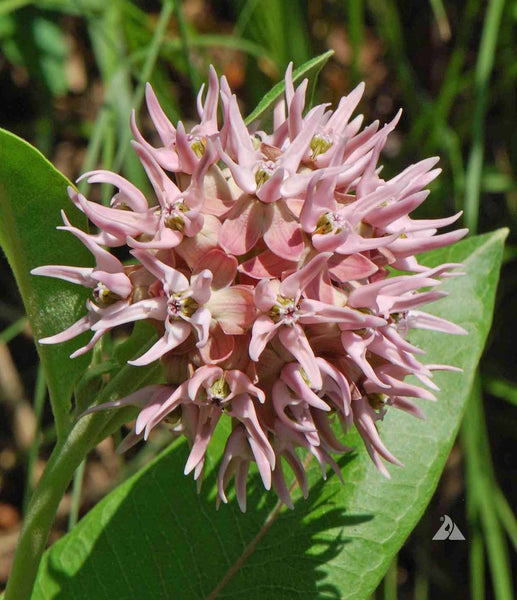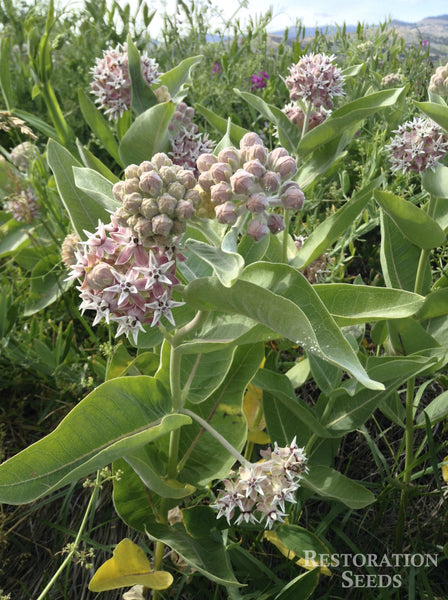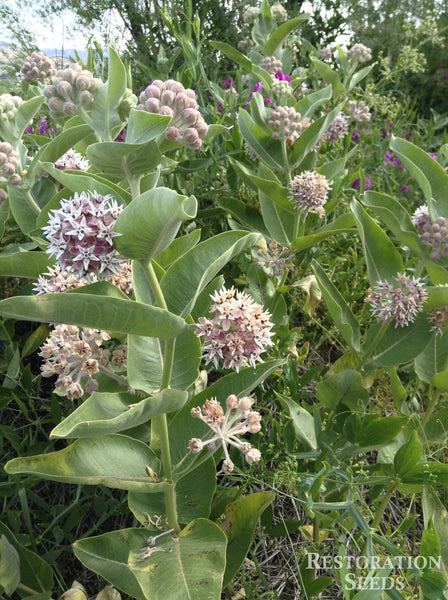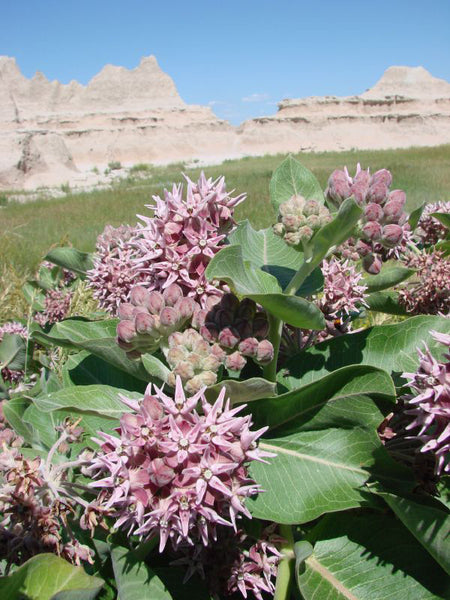Milkweed, Showy
Asclepias speciosa
HOW TO GROW MILKWEED, SHOWY
Start indoors 4–6 weeks before last frost, plant out after frost. Direct sow outdoors in the fall after the frosts of fall have begun. The cold, dormant planting will aid the germination of the seed in spring when temperatures warm. Prefers full sun and can be quite drought tolerant after the second year of establishment. Divide after 3–4 years. Sow 10 pounds per acre. Surface sow, press into soil, do not cover. Soil pH 5.1-7.5. Hardiness zones 3-9. Perennial.
Usual seed life: 3–5 years.
Planting Depth surface requires light
Soil Temp. Germ. 68˚F stratify
Days to Germ. 21–28
Plant Spacing 2–3’
Row Spacing 4–5’
Days To Maturity 1–2 years
Full Sun, Wet Climate
Usual seed life: 3–5 years.
Planting Depth surface requires light
Soil Temp. Germ. 68˚F stratify
Days to Germ. 21–28
Plant Spacing 2–3’
Row Spacing 4–5’
Days To Maturity 1–2 years
Full Sun, Wet Climate
- 100 Seeds$4.50
Showy Milkweed, native west of the Mississippi, has round clusters of rosy-pink flowers and grows 3–4’ tall. Asclepias speciosa is similar to Common Milkweed, but its pinkish-purple flowers have longer petals that taper more and are covered with fine hairs. It is an excellent nectar sources and food for the larval s...
Showy Milkweed, native west of the Mississippi, has round clusters of rosy-pink flowers and grows 3–4’ tall. Asclepias speciosa is similar to Common Milkweed, but its pinkish-purple flowers have longer petals that taper more and are covered with fine hairs. It is an excellent nectar sources and food for the larval stages of Monarch and Queen butterflies. Ideal ornamental native wildflower garden or prairie meadow. The plant's latex contains glycosides, making the leaves and seed pods toxic in large quantities to sheep and other large mammals, and potentially humans. Flower buds are eaten raw or cooked. They taste somewhat like peas and can be used to thicken soups. Young shoots and leaves are eaten cooked as an asparagus substitute. The young spring shoots were eaten raw by some native American tribes. Tips of older shoots are cooked like spinach. The immature pods are peeled before being eaten. Both the plant fiber and the floss were used historically by Native Americans for cordage, nets and for weaving a coarse cloth. The plant and it sap has several medicinal uses to Southwestern tribes. Tags: Color: Pink Purple, Season: Summer.
It is native to the Western U.S. and Canada.
It is native to the Western U.S. and Canada.
Learn More
Meet Your Farmer
We promote fair trade, organic practices and environmental responsibility throughout the Restoration Seeds supply chain. Below are the family farmers and seed suppliers who bring our open pollinated seeds to you.
White Dog Farm
Conventional
Seed grower since 2019


White Dog Farm is nestled in the Williams Valley and is home to Greg & Kate Stanko. We are stewards of a 5 acre farm shared by sheep, chickens, pigs and Puja, our LGD. Our passion is to nurture the earth, grow flowers and vegetables sustainably using organic practices. Correspond to whitedogfarm57@gmail.com
Reviews
